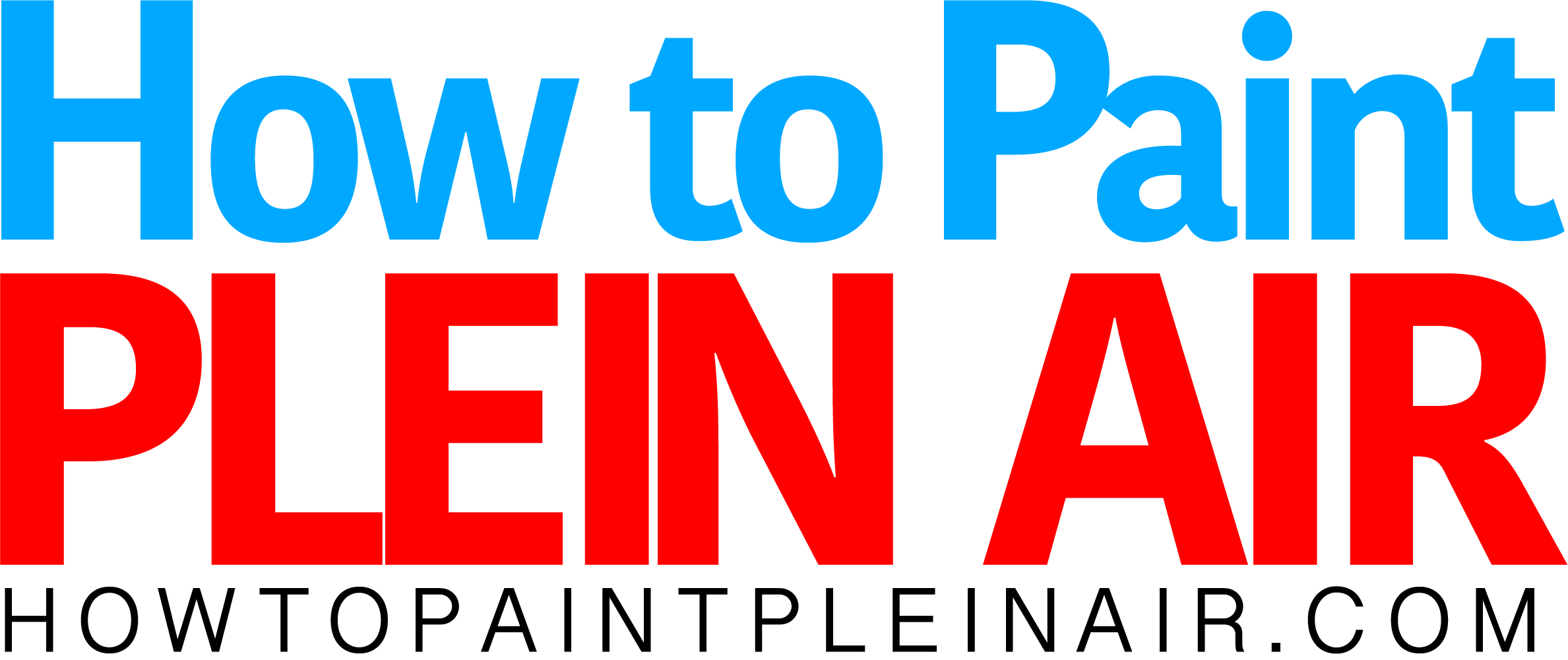In which the artist(s) may not have seen themselves as heroes yet, nevertheless, they became heroes.
The faces of plein air painters in a competition are compelling. You see the fully-engaged people. Serious and yet lighthearted, present and focused yet open to others, reaching out for something special and bringing that thing back to humankind. If we are to accept Campbell’s definition of a hero then here is a group of heroes, those who leave the ordinary world, encounter challenges and “magical” helpers along the way, and bring back a “boon” to humanity. I don’t want to harp on this theme too much; I’ve said enough in the past on this (See “Magical Helpers”). But, if the artists themselves have not heard it, then it is good to repeat: plein air painters are heroes in the classic sense. But I will not belabor that idea any further since I may offend some by the use of the term hero, which has taken on an entirely different meaning these day.
That dog does hunt. Why do I feel strongly about this? For the same reason that came up several years ago when I was part of the founding group of what became the Monterey Bay Plein Air Painters Association (MBPAPA). We wrangled over the by-laws as to who could be a member and why and eventually came to the thorny subject of “plein air”, what it is, and why. I do admit I was stubborn about this, but I would not be part of a plein air organization that defined plein air as anything less that stated above. But why?
The serious joy of this endeavor is rooted in the deep, full experience of standing in a place long enough to not only paint it but to become a part of it. For example, I was painting a lovely pastoral scene on the hillside of an old mountain winery in California when a small group of deer wandered through the scene. Now, I resisted painting them in for fear of falling victim to the Disney Factor wherein your painting becomes unbelievable and unbelievably cute. I continued to paint quietly and the deer wandered off. Or so I thought. About an hour later, finally realizing it would be wise to step back from the canvas, I stepped back. Just one step. Around me stood the group of deer, five in all, within reach. You have to stand in a place quietly for a long time for wild animals to come to trust you. At other times, I have had coyotes trot past me within two feet when he clearly could have taken a wider and more cautious circuit. Birds sing in full voice after an hour of painting and one can hear songs one would never have heard just strolling along the wild path.
But that is the the magical and fun part of plein air. More often it is beating sun burning your cheeks and arms, insects tormenting your eyes and ears, winds threatening to make a lovely kite of your canvas, all of these things and, worse, tourists asking Very Stupid Questions, as Pooh would put it. (I shall list these questions in another post.) Suffice to say, if the sheer fatigue, blistering sun, annoying insects, sniffing dogs, and pestering wind do not get you then the tourists will. This is plein air. None of this happens when you sit in your cozy little studio with NPR playing on the radio while you sip your tall latte. Oh, no, no, no, you don’t get to call that plein air. That dog definitely do not hunt!
The hero leaves the ordinary world on a quest, struggles with great adversity, and brings back a “boon” for humankind. Plein air painters leave the ordinary world, struggle with great adversity, and brings back a piece of beauty for us to see. A boon for humankind.
– The End of Part 3 –







